It can be very confusing looking for your first amplifier if you are just starting out, there is a lot of terminology to learn and a daunting number of options. In this blog, I will outline the top things to consider when choosing an amplifier, so you can find the perfect amp for your rig!
1. Choose the Correct Type of Amplifier for your Instrument.
There is good reason you see amps marketed as bass, keyboard, drum, or guitar-specific amps; these instruments all output different frequency ranges, so the internal workings of the amp, as well as the specifications of the speaker inside, should be optimised to match your instrument. .jpg)
- For best results, use an amp designed for your instrument type. We sell beginner packs that include the correct type of amplifier, such as the GA10X with our AS1 Guitars
- The EQ and speaker will react better to the frequencies they are designed for
- At high volume you can even damage or tear guitar speakers if using the wrong instrument
- Full Range and Flat Response speakers can be suitable for many different instruments, which is why we get “multi-amps” for use with keyboards, bass, synths etc. and can even amplify multiple instruments all at once.
2. What's the best type of amp for your needs - Tube or Solid-State?
There are a few different types of amplifier, and they each use different technology to achieve their intended tones. Tube amps are tried and tested, and have been favoured by many guitarists and bassists for decades now; there are even many “purists” who feel the best tones can only be achieved with a tube amp. This is purely subjective, and it really depends on your personal tastes and requirements.
- Tube amps can be very loud and produce harmonically rich tones.
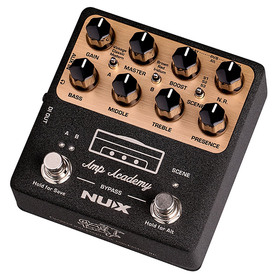 Tube amps being pushed to their limits are responsible for some of the most iconic guitar sounds in history
Tube amps being pushed to their limits are responsible for some of the most iconic guitar sounds in history
- Solid State amps are much more reliable and can be much lighter than tube amps, with less upkeep required
- Solid State amps are often sought-after for their “clean headroom” - the amount that an amp can increase in volume whilst still producing the same clean signal, without clipping or distortion. This is popular with heavier music genres, as you can get a distortion tone from a pedal and preamp, and the Solid State power amp brings this up to high-volume without further clipping or compression.
- “Amp-In-A-Box” type preamp/amp pedals are
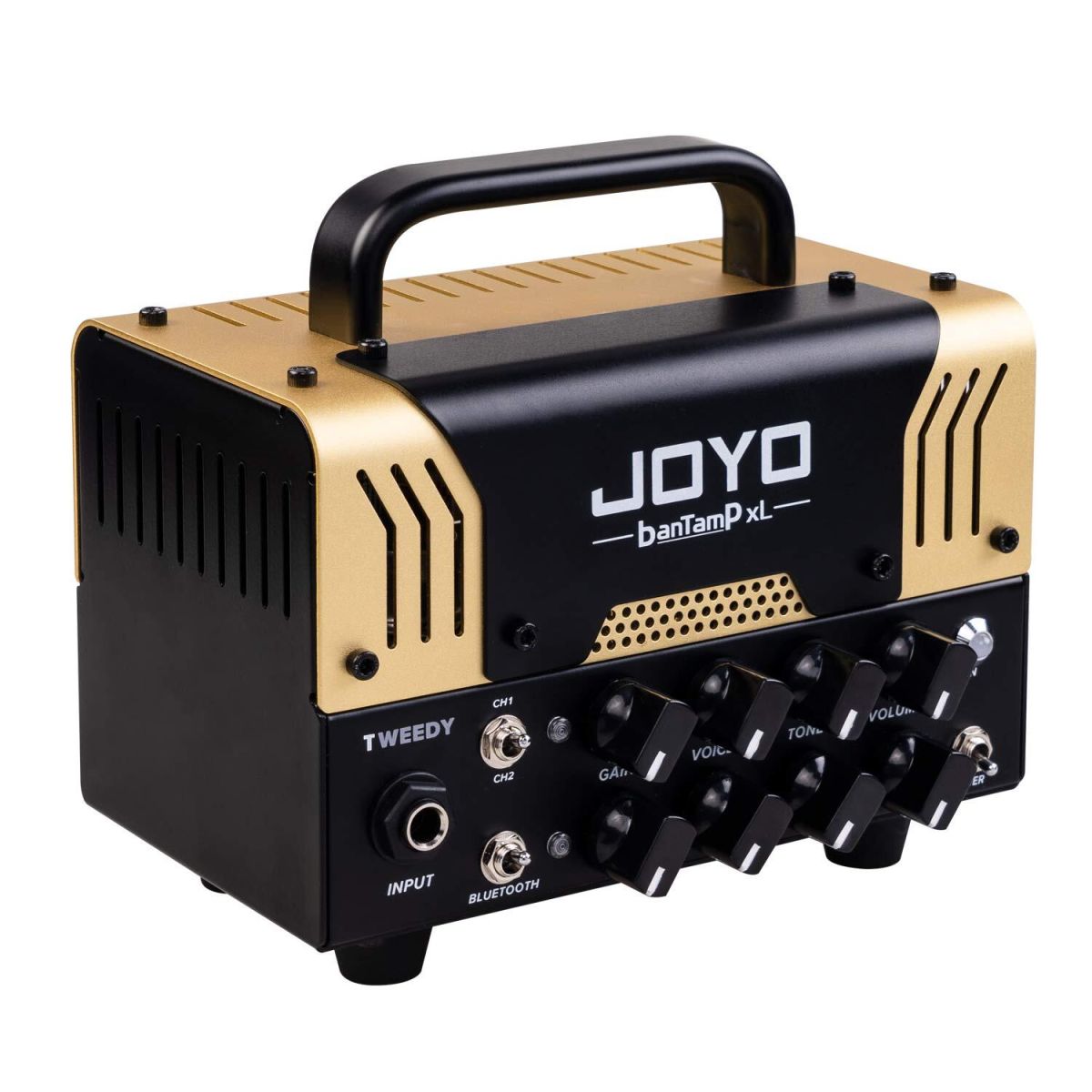 becoming increasingly popular. These can be analogue circuits or digital chips that use algorithms to “model” classic amp tones. Some need a power amp and others feature Class D power amps and can be run straight to a cab. These are tiny, pedal-sized amps that are very compact and handy for the travelling musician.
becoming increasingly popular. These can be analogue circuits or digital chips that use algorithms to “model” classic amp tones. Some need a power amp and others feature Class D power amps and can be run straight to a cab. These are tiny, pedal-sized amps that are very compact and handy for the travelling musician.
- Hybrid amps are becoming increasingly popular also. Utilising the best of both worlds, Hybrid amps often have a tube pre-amp and solid-state power section, making them very small and lightweight, yet still producing the tube tones so many guitarists love. The Joyo Bantamps are an example of Hybrid Amps.
3. Understand size (practice, small, gigging) and get the wattage right for your requirements
When buying an amplifier it is important to understand your power and volume requirements, and buying an amp that is too big or small is quite a common mistake.
- For home use, most smaller, low-wattage practice amps will be suitable, with effects pedals providing the most tonal change
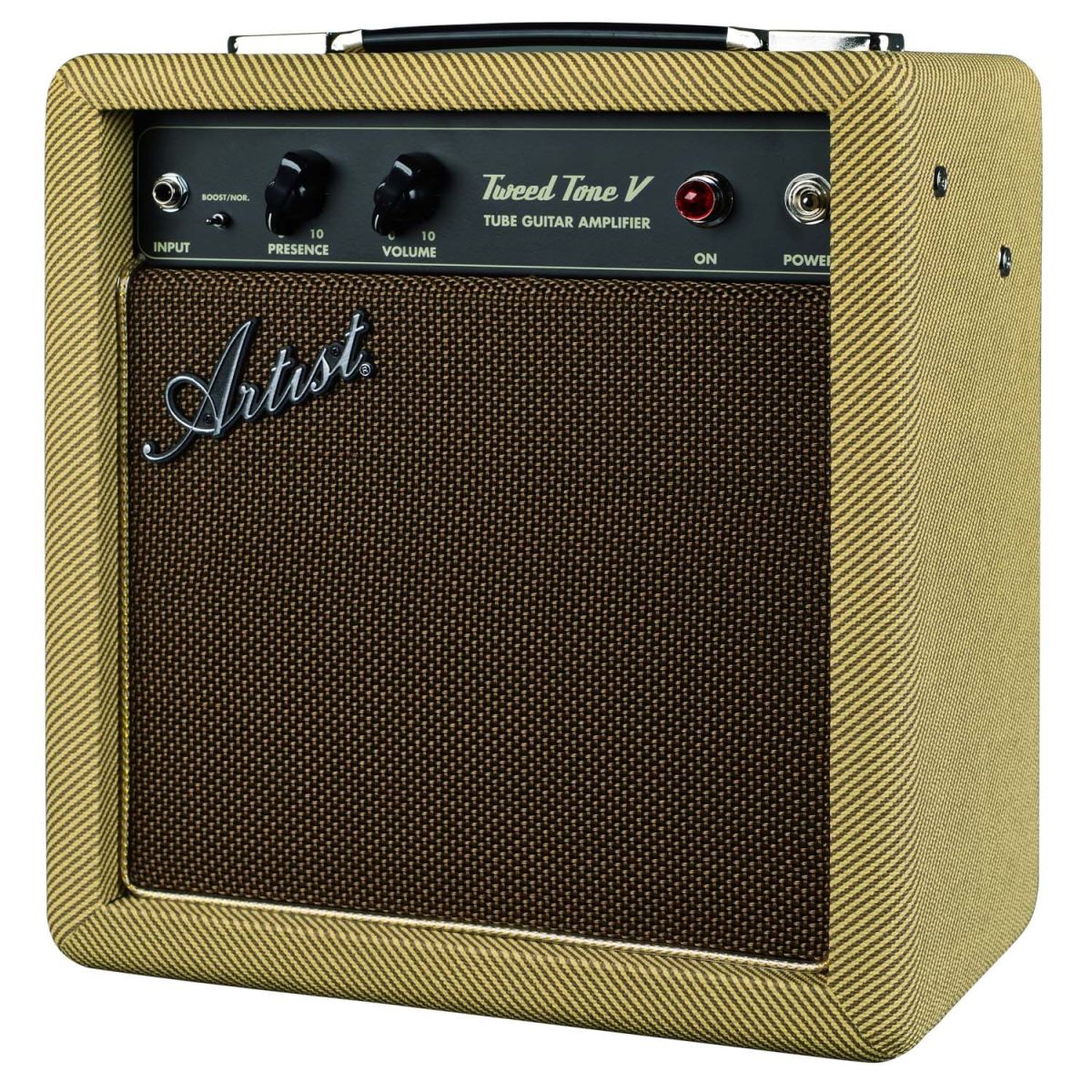
- Low-wattage tube amps can still be very loud, but can also provide great tones as they can be pushed harder at a lower volume. Normal tube amps (15W and up) generally have to be played loud to achieve natural tube breakup.
- It’s tempting to buy a 100W Marshall stack, but it is incredibly rare that we'd get to use this. It sounds best when turned up loud, and unless you’re playing in stadiums this is likely to be overkill
- Most medium tube amplifiers (15W and up) will be loud enough for most gigging applications, particularly as amps are also usually micced up and run through the front-of-house PA
- Most medium solid-state amps (50W and up) will be loud enough for most indoor gigging applications, particularly micced up.
4. Heads, Combos, Speakers and Cabs
Over the decades, amps have grown larger and larger, as the wattage and volume requirements went from bands like The Beatles playing small clubs to very suddenly playing sold-out stadiums, amplifier manufacturers had to keep up. As a result, combo amps got bigger, and amp heads detached from their speaker cabinets became much more common. These days, heads and cabs are just as common as combo amps, and are worth considering when looking for a new amp.
- Heads are generally lighter than combos - there is no heavy speaker attached
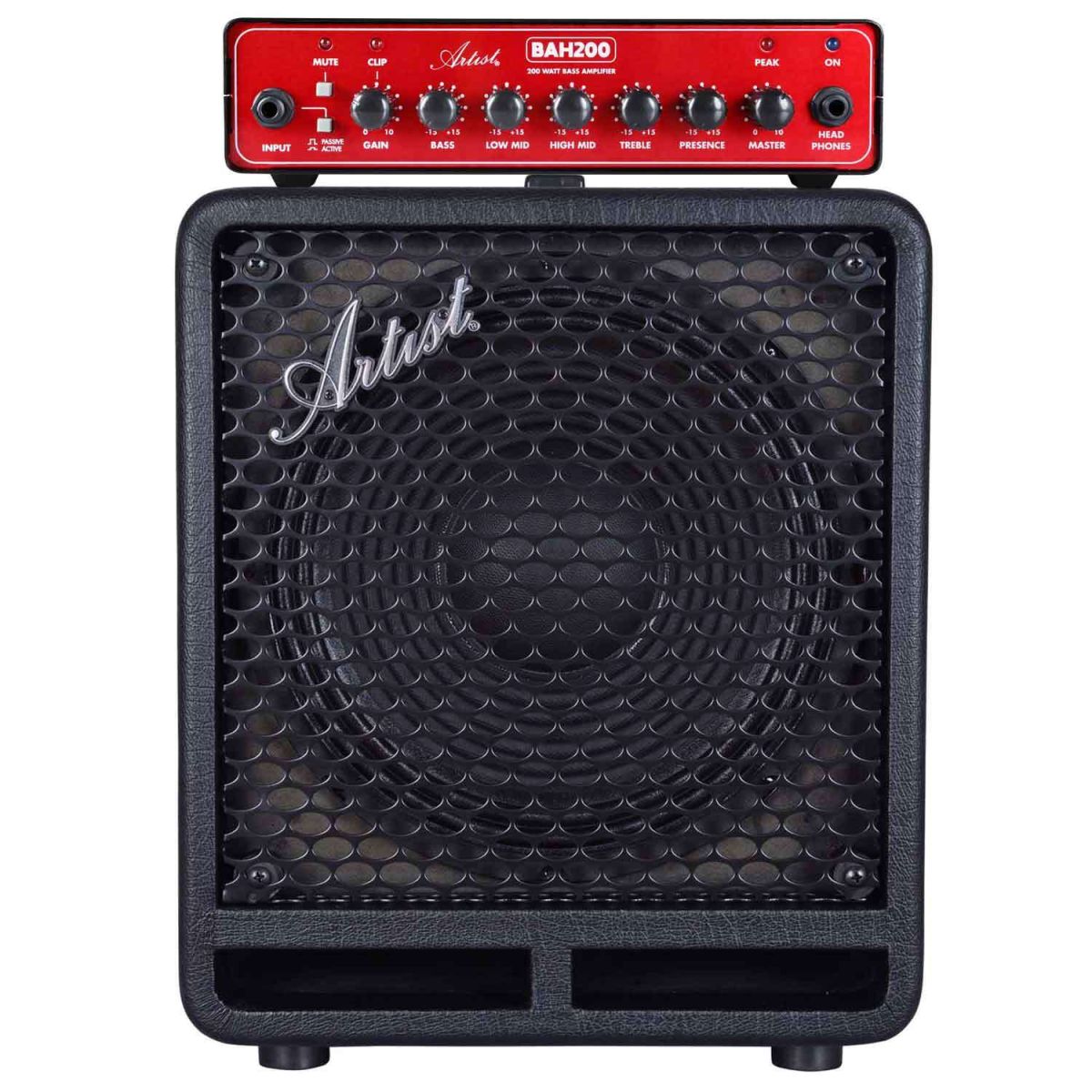
- Heads can be practical for travelling musicians as some venues provide cabinets, but rarely amps
- An amplifier head should not be switched on without being connected to a speaker. If you buy an amp head, you will need to also buy a cabinet
- The most important thing to remember when buying a speaker cab for your amplifier is to match the impedance of your amp. You must ensure that the load from the speaker OUT of the amp is equal to, or lower than the impedance of the speaker.
- Combo amps are very practical, being fully self-contained, and with modern PA systems they are suitable and loud enough for most indoor venues.
5. How much do you need to spend?
A common mistake that many people make is to spend all their money on a brand new, top-of-the-line guitar, and then only play through a basic practice amp. While a high-end guitar will generally feel and play better than a cheaper one, a decent, reliable amplifier should be the cornerstone of any guitarist’s rig.
- Buying a quality amplifier will by far make the biggest difference to your basic sound,
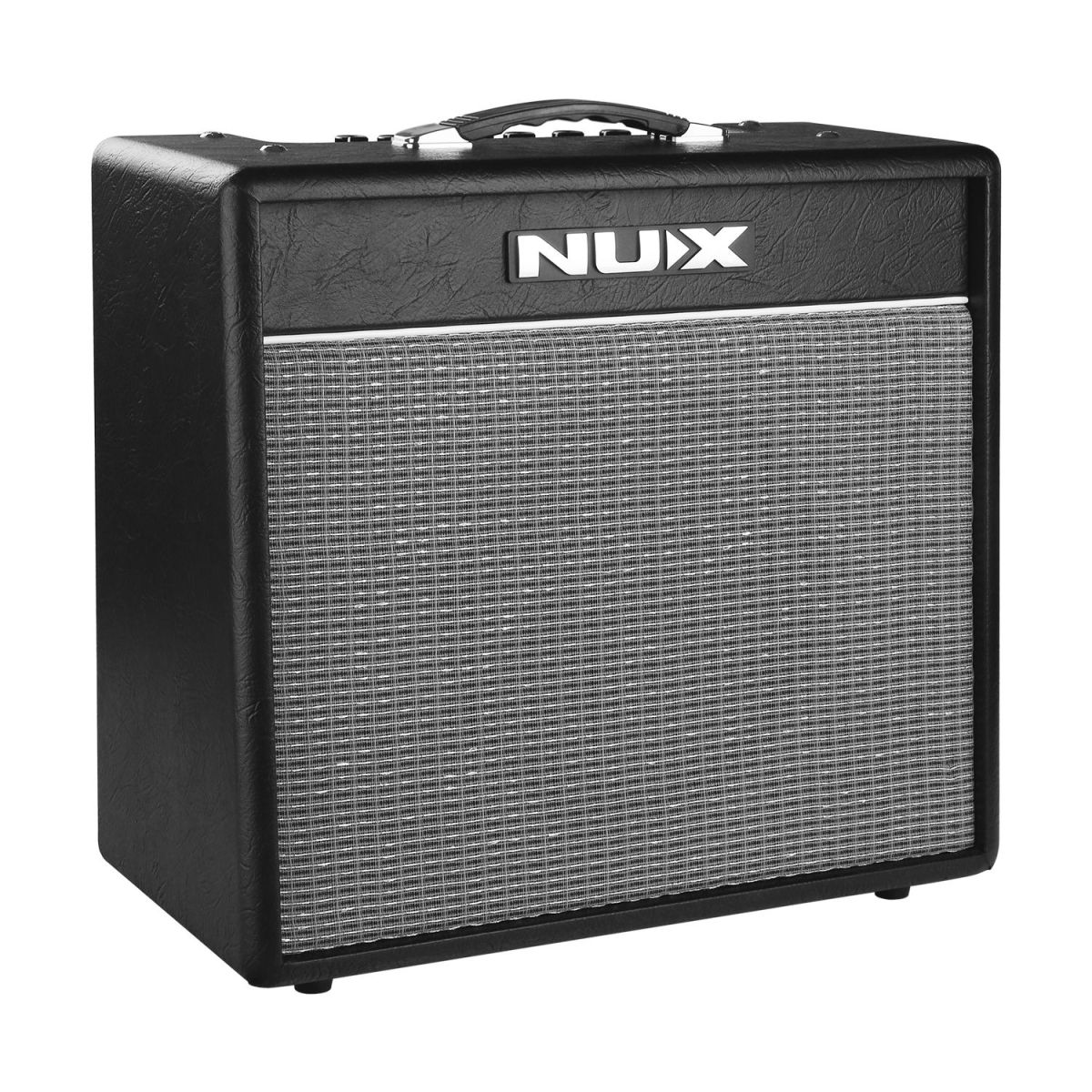 and there are many different voicings and styles of amp to choose from
and there are many different voicings and styles of amp to choose from
- Even the highest-quality, most expensive guitar will sound bad through a bad amplifier
- One of the best ways to change your tone without buying new amps, pickups or pedals is to change your amp’s speaker, as this is the part of the setup that makes the most physical difference to the way your guitar signal is projected
- Different amp styles and brands are known for their different tones, so it’s important to experiment with different amps to find the sound you are looking for
- Some amps are better suited to different genres, it's best to choose based on the type of music you're most likely to play yourself
6. Upkeep and Care
Finally, once you have purchased an amp you must be prepared to take care of it. Amplifiers are expensive bits of kit and will last a very long time when looked after, so it’s best practice to get into good caretaking habits right from the start.
- If you intend to buy a tube amp, you should b
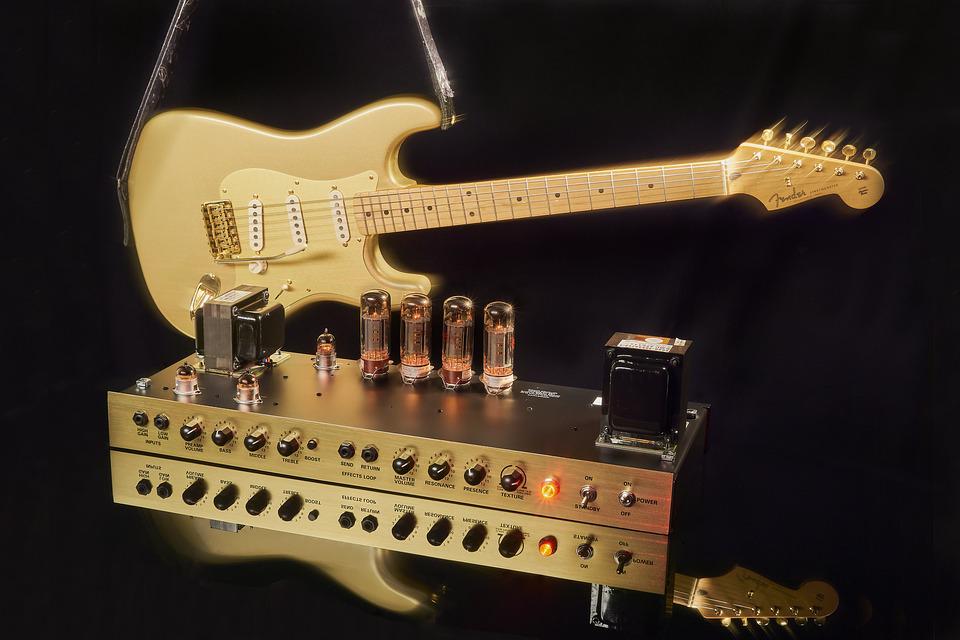 e aware of the upkeep requirements.
e aware of the upkeep requirements.
- Tubes are fragile, they are breakable and have a usage lifespan, and they can require some basic maintenance
- It is always recommended that you take your amp to a professional technician if you are unsure of what you are doing - amps can be very dangerous to fiddle around inside troubleshooting!
- Solid State amps require much less maintenance and upkeep, and if looked after will last a long time. They are much less fragile, sometimes lighter and they travel well also.
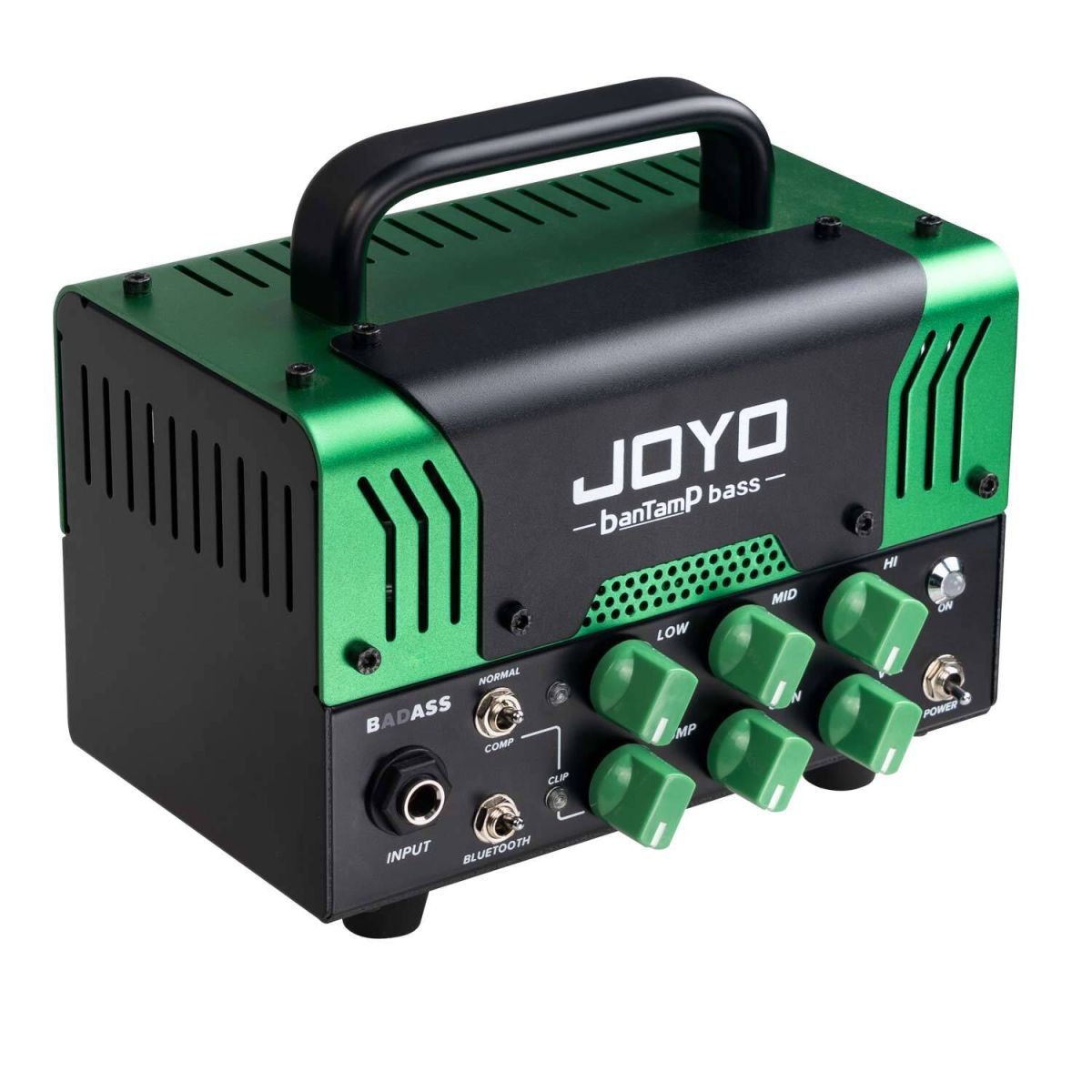
- Solid-state amplifiers are a great option for those who want simplicity and longevity, or for older or younger players who don’t want to carry around too much heavy gear
- Hybrid amps offer a modern solution somewhere in between!
In conclusion, before buying an amplifier consider the following points:
- Buy the right amp for your instrument, don’t buy a guitar amp if you intend to use it for your bass!
- Tube or Solid State? Consider the pros and cons of each and your own needs before purchasing
- Your own power requirements may be less than you expect, consider your actual wattage and power needs; despite the temptation to buy a 100W stack!
- If you buy a Head, you will also need a Cab that matches the wattage and Ohm requirements of your amp
- Be prepared for a little bit of upkeep and general maintenance if you buy a tube amp
- For a main gigging amp, be prepared to spend as much as you would on your instrument, and don't skimp out where it really counts!
- There are many very affordable options for practice/home rigs, don't buy a large amp that you can't get the best use from at home
Thanks for reading this blog! For even more great content, check out these pages:
I hope this article has helped. if you need any assistance please email:
sales@artistguitars.com.au or call us on 1300 489 816
© Artist Guitars 2022
.jpg)
 Tube amps being pushed to their limits are responsible for some of the most iconic guitar sounds in history
Tube amps being pushed to their limits are responsible for some of the most iconic guitar sounds in history becoming increasingly popular. These can be analogue circuits or digital chips that use algorithms to “model” classic amp tones. Some need a power amp and others feature Class D power amps and can be run straight to a cab. These are tiny, pedal-sized amps that are very compact and handy for the travelling musician.
becoming increasingly popular. These can be analogue circuits or digital chips that use algorithms to “model” classic amp tones. Some need a power amp and others feature Class D power amps and can be run straight to a cab. These are tiny, pedal-sized amps that are very compact and handy for the travelling musician.

 and there are many different voicings and styles of amp to choose from
and there are many different voicings and styles of amp to choose from  e aware of the upkeep requirements.
e aware of the upkeep requirements. 
